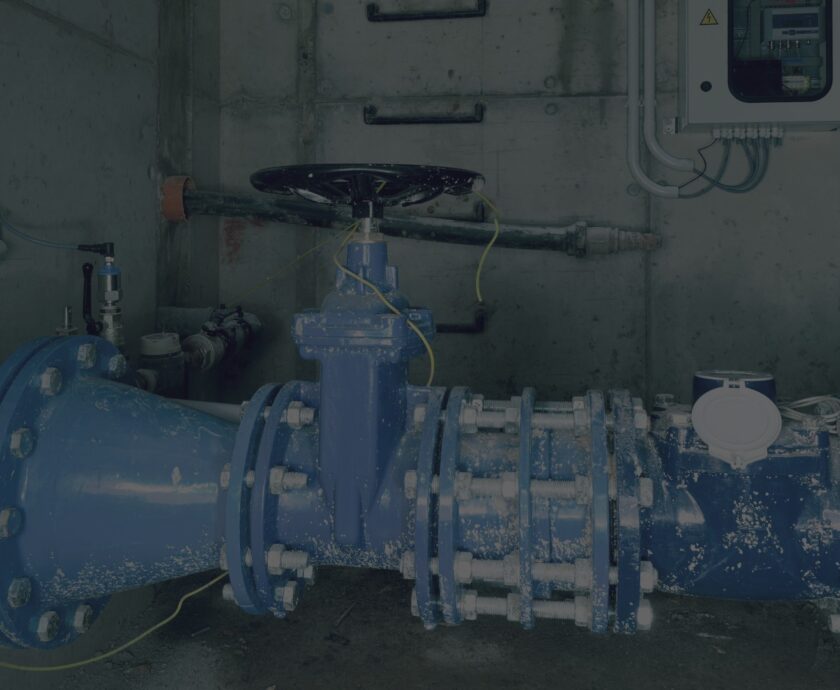Temperature sensors—whether thermocouples (TCs) or resistance temperature detectors (RTDs)—are essential in industrial processes. However, what happens when the protective thermowell housing fails?
Thermowells are often considered simple metal sleeves that shield sensors from extreme conditions, but a poorly designed thermowell can become a hidden failure point. When failure occurs, the consequences can be severe. Sensor inaccuracy can lead to process inefficiencies and incorrect control actions. Mechanical failure can cause unexpected downtime or damage to equipment. In high-pressure systems, a broken thermowell can become a high-speed projectile, creating a serious safety hazard.
Thermowell failure is not uncommon. In industries such as power generation, oil and gas, and chemical processing, thermowells have snapped under stress, leading to costly and dangerous failures. Understanding the causes and implementing proper design considerations can help prevent these risks.
The Wake Frequency Problem – A Silent but Deadly Risk
One of the most significant threats to thermowell integrity is vortex-induced vibration (VIV). When fluid flows past a thermowell, alternating vortices form on either side, creating oscillating lift forces. This phenomenon, known as wake shedding, can become destructive when the frequency of these forces matches the thermowell’s natural frequency, causing resonance.
When resonance occurs, the thermowell can vibrate uncontrollably. Over time, this vibration fatigues the metal, potentially leading to catastrophic failure where the thermowell completely snaps off. This type of failure has been the root cause of multiple plant shutdowns, resulting in significant financial losses and extensive repairs.
In one major petrochemical facility, an improperly designed thermowell broke off inside a high-pressure reactor, sending metal fragments downstream and damaging critical process equipment.
The root cause of the failure was that the thermowell’s wake frequency matched its natural frequency, resulting in destructive resonance. The failure led to an unplanned outage, resulting in extensive equipment replacement and regulatory scrutiny. Proper wake frequency analysis could have prevented this incident.
ASME PTC 19.3 TW-2016 – The Thermowell Safety Standard
To mitigate the risk of thermowell failure, ASME PTC 19.3 TW-2016 provides rigorous guidelines for thermowell design. This standard ensures that wake frequency calculations are performed before installation, thermowells are designed to avoid resonance and excessive vibration, and material selection and mounting methods meet industry best practices.
Failure to comply with these standards can lead to serious safety hazards and costly downtime. Most refineries, power plants, and chemical processing facilities mandate compliance to ensure process safety and equipment reliability.
How to Ensure Your Thermowells Are Safe
1. Perform Wake Frequency Calculations Before Installation
Before installing a thermowell, engineers should conduct a wake frequency calculation to ensure it will not resonate at process flow velocities. This analysis helps determine whether the thermowell is at risk of excessive vibration and potential failure.
2. Use a Shorter or Tapered Thermowell Design
Shorter thermowells are more rigid and resistant to vibration. A tapered thermowell increases stiffness while maintaining good thermal responsiveness. These designs help reduce the risk of resonance and extend the thermowell’s operational lifespan.
3. Consider Velocity Collars for High-Velocity Flow
A velocity collar reduces the unsupported length of the thermowell, helping to dampen vibrations and prevent fatigue failure. This solution is particularly useful in high-flow applications where vibration is a concern.
4. Install Thermowells at an Angle
Mounting thermowells at an angle instead of perpendicular to flow can disrupt vortex shedding patterns, reducing the likelihood of destructive resonance. This approach is commonly used in high-flow environments to improve thermowell stability.
5. Choose the Right Material for Process Conditions
Material selection plays a critical role in thermowell durability. Stainless steel (316 SS) is suitable for general applications, while Inconel is recommended for high-temperature and corrosive environments. Hastelloy is preferred for aggressive chemical processes due to its superior resistance to corrosion and extreme conditions.
6. Use Helical Strake Design to Eliminate Vortex Shedding
Helical strakes are aerodynamic fins, machined around the thermowell body, that prevent vortex shedding from occurring. Instead of alternating vortices forming at predictable intervals, the strakes disrupt the wake pattern and significantly reduce vibrations.
Helical strake designs have been widely used in industries such as wind turbines, bridge engineering, and piping systems to prevent resonance failure. They are increasingly adopted in critical applications where traditional thermowell modifications are not sufficient to mitigate vibration risks.
Are Your Sensors at Risk? It’s Time for a Thermowell Safety Check
For plants operating in high-pressure, high-velocity, or extreme environments, reviewing thermowell designs is essential to ensuring safe operation. Engineers should consider key safety questions such as whether wake frequency calculations have been performed for all thermowells, whether thermowells are tapered or reinforced in high-velocity applications, and whether a regular inspection and replacement schedule is in place. Additionally, helical strake designs should be considered for locations with high vibration risk.
Ignoring these considerations can mean the difference between reliable operation and catastrophic failure. Taking proactive measures to validate thermowell design can prevent costly shutdowns and ensure process safety.
Wrapping Up
While temperature sensors provide critical process data, their accuracy and longevity depend on well-designed thermowells.
By following industry standards, performing wake frequency analysis, and incorporating best practices such as helical strake designs, engineers can prevent unexpected failures and maintain safe and efficient operations. Implementing these precautions reduces risks, improves equipment reliability, and enhances overall plant safety.




